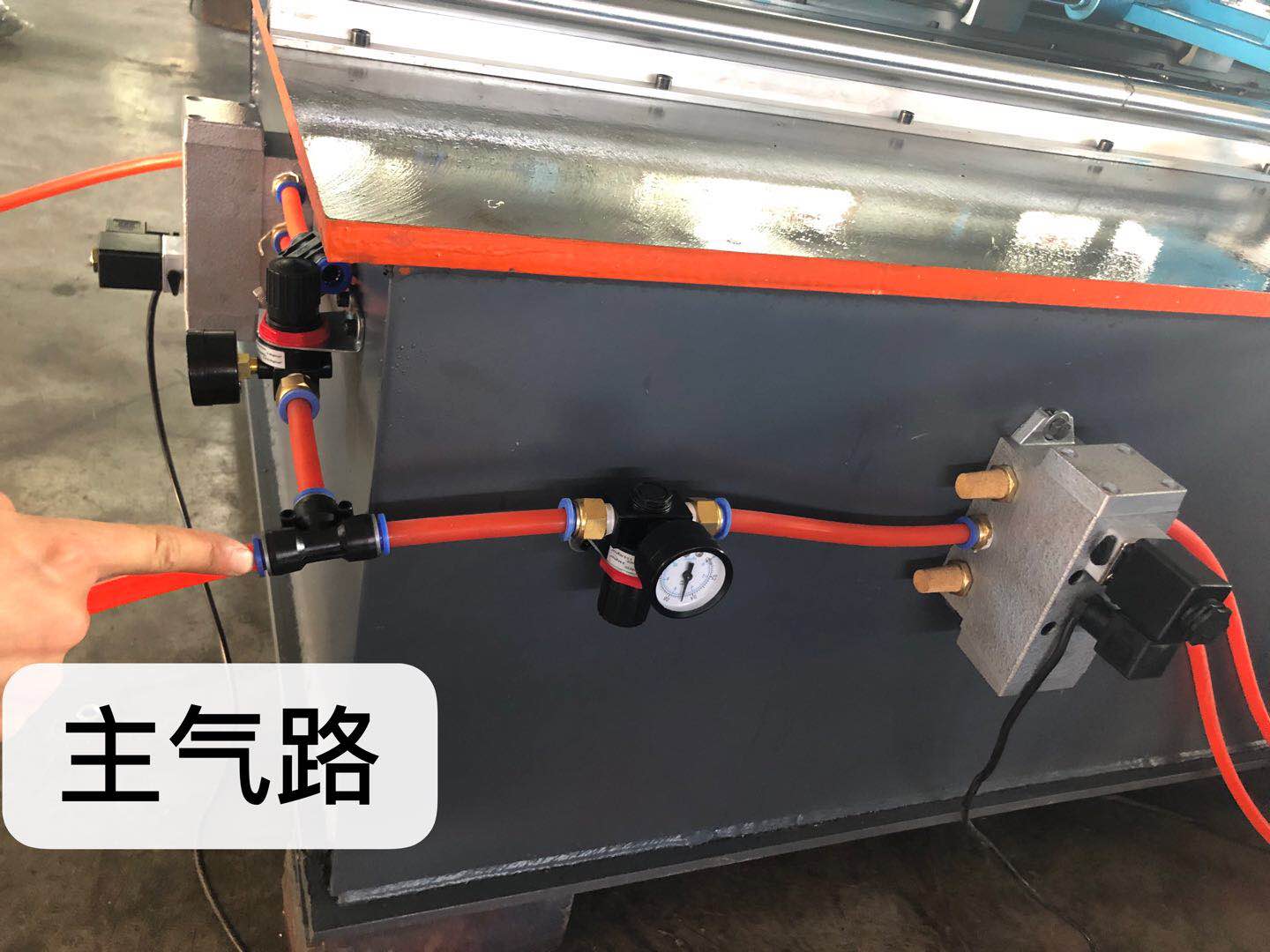
The Highway Crash Barrier Roll Forming Machine A Critical Component for Road Safety
Highway safety is a paramount concern for civil engineers, traffic safety advocates, and government officials. One of the most effective measures to minimize the consequences of vehicular accidents on highways is the installation of crash barriers. A specialized piece of equipment that plays a vital role in the production of these essential safety features is the highway crash barrier roll forming machine.
Understanding Roll Forming
Roll forming is a continuous bending operation that transforms flat metal sheets into specific cross-sectional shapes. This method is particularly advantageous for manufacturing long lengths of metal components, as it ensures uniformity and high precision in production. The highway crash barrier roll forming machine utilizes this technique to produce various designs of crash barriers, tailored for different road conditions.
Importance of Crash Barriers
Crash barriers, also known as guardrails, are designed to minimize the severity of accidents by redirecting vehicles that stray off the road, preventing them from colliding with obstacles such as trees, utility poles, or steep drops. They have been shown to significantly reduce fatalities and injuries on highways. By absorbing the energy of impact, these barriers protect not only the vehicle occupants but also pedestrians and bystanders.
Features of Highway Crash Barrier Roll Forming Machines
Highway crash barrier roll forming machines are equipped with advanced technology to optimize efficiency and output. They typically feature
2. Precision Rollers The rollers are designed to mold the metal into the desired shape with high accuracy, ensuring that each barrier meets stringent safety standards and specifications.

3. Adjustable Settings Modern machines allow operators to easily adjust parameters according to the specific requirements for different barrier designs, ensuring versatility for manufacturers.
4. Integrated Cutting Systems After the metal is shaped, integrated cutters accurately trim it to the required length, minimizing waste and ensuring consistency in product dimensions.
5. Compatibility with Various Materials While most crash barriers are made from steel, the modern machines can also accommodate aluminum or polymer-based materials, broadening the scope of applications for road safety products.
Benefits of Automated Production
The automation of the roll forming process has transformed the production of highway crash barriers. With reduced manual intervention, the process has become faster and more reliable. As a result, manufacturers can meet growing demands for crash barriers in a timely manner, which is especially crucial for infrastructure projects that aim to curb road accidents. Additionally, automated systems enhance safety on-site by minimizing the risk of human error, which can lead to inconsistencies in barrier strength and performance.
Environmental Considerations
In today’s world, environmental concerns play a significant role in manufacturing processes. Many roll forming machines are designed to be energy-efficient, using less power while maintaining high output levels. Additionally, the use of recyclable materials such as aluminum further aligns production processes with sustainable practices, promoting a circular economy.
Conclusion
As highways become increasingly busy, the importance of effective safety measures cannot be overstated. The highway crash barrier roll forming machine is a critical component in ensuring the production of reliable and efficient crash barriers. By enhancing road safety, these machines contribute directly to reducing accident severity and saving lives. Investing in advanced roll forming technology not only supports manufacturers in meeting market demands but also plays a crucial role in creating safer driving environments for everyone. As we continue to develop and innovate in road safety technology, the significance of these machines will only grow.